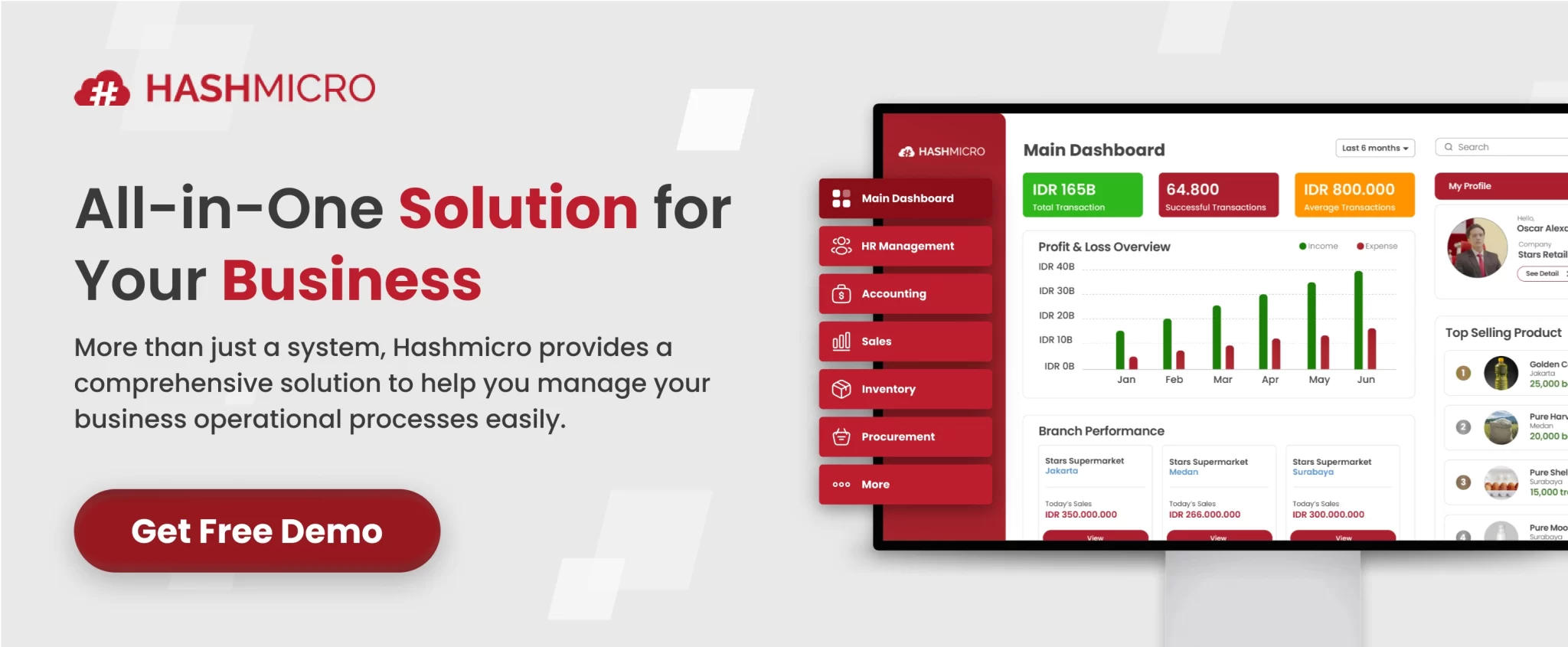Financial reporting is the main source of information for understanding your business’s financial health. Because manual financial management is rarely done, companies have now switched to using accounting software.
Otherwise, you need to evaluate your business performance. To manage company finances, you need an accounting software from HashMicro that can automate cash flow management, create financial reports, perform bank reconciliations, adjust journals, create invoices, and more.
Financial reporting is also a form of responsibility of the company owner or management to investors, the government, and many others. Using accounting software, you can get financial statements in real-time to monitor cash flow efficiently.

Income statement
The income statement is the most important component in your financial reporting. This component presents a detailed breakdown of your company’s profit (or loss) in a certain period. There are two subsections in the income statement.
The first shows the gross profit (or loss). You can subtract the total income from the cost of goods sold to get this number. The cost of goods sold is the opening stock plus net purchases minus the closing stock.
The second subsection in the income statement is your company’s net profit (or loss). Net profit/loss is generated by subtracting gross profit/loss from operational costs, such as salaries, taxes, rents, and many others.
Financial Report (Template)
Also read: 4 Types of Financial Statements Every Business Owner Should Know
Balance sheet

The balance sheet is the part of financial reporting that portrays a company’s ability to honor its debts and obligations compared to its total assets.
You can start by recording non-current assets such as computers/laptops, machines, and office furniture. Thereafter, you must record current assets such as inventory, accounts receivable, and cash.
Non-current liabilities such as debt financing and liabilities such as trade payables and bank overdrafts must also be recorded. The balance sheet summarizes your company’s equity position in a certain period.
Consider using balance sheet templates to simplify the creation and analysis of your balance sheet. These templates provide pre-formatted structures that make inputting data and calculating key financial metrics easier.
Cash flows
The next component of financial reporting is cash flows. It summarizes your company’s inward and outward cash movements. We can generate the inflows and outflows of money from operations, investments, and financing activities.
Cash flows generated from operations focus on your company’s day-to-day activities. Sales and inventory purchasing are categorized as the company’s operations. Investments are related to the incomes and expenses generated from long-term programs or projects. Financing is the cash flow related to the sale of shares and distributions of dividends.
Furthermore, you can integrate with the CRM-Sales System to help track outstanding customer/client bills for smooth cash flow.
Changes in equity
The last component of financial reporting is the changes in equity. The component reports the amount and sources of equity changes. You can monitor and compare any changes during a certain period from the increase or decrease of the beginning balance to the ending balance.
Discover additional resources on financial analysis reports to deepen your knowledge of financial performance evaluation.
Also read: Year-End Accounting Tips for Healthy Business Finances
Conclusion
Creating a financial report is not easy if you still do it manually. But, with the help of accounting software, the process can be done swiftly and easily.
Accounting software also minimizes errors during data input or calculation. This advanced technology can help you create a better and more accurate financial report. Click here for a free demo!




















































